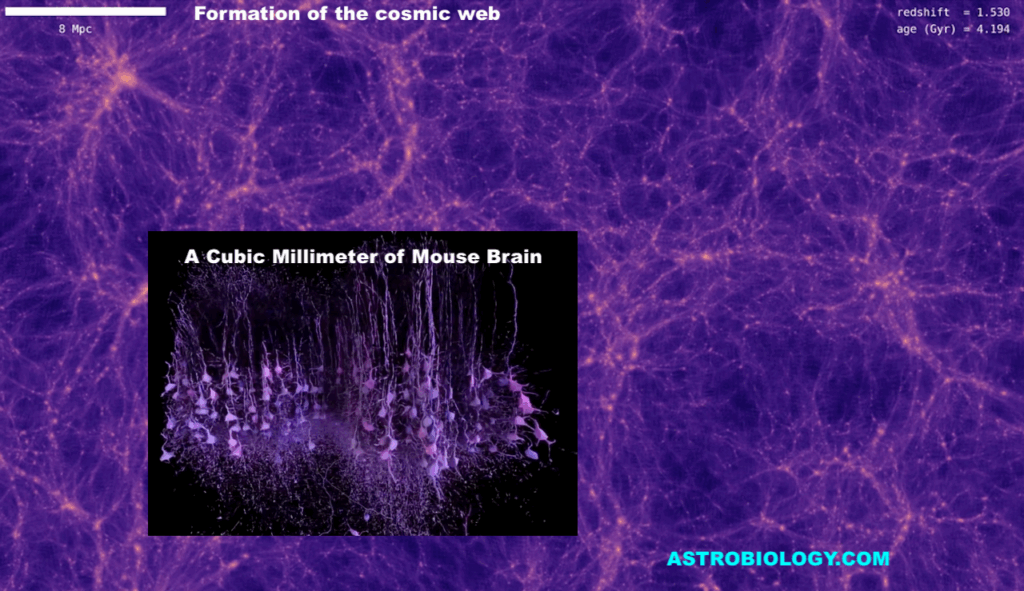Jill Tarter Awarded the Prestigious Green Sands Prize for Her Pioneering Work in the Search for Extraterrestrial Intelligence

Dr. Jill Tarter, co-founder of the SETI Institute and one of the most influential figures in the scientific search for life beyond Earth, has been named the recipient of the 2026 Green Sands Prize.
The Green Sands Inspiration Prize is awarded to trailblazers who have the courage to go first, take on risks and personal responsibility to open a path for others to follow. With a belief in an inherent obligation to acknowledge excellence, in celebrating the extraordinary achievements of others, the prize not only honors their tireless endeavors but also inspires a culture that embraces greatness.
By acknowledging excellence, we become catalysts of growth and empowerment. Past recipients include Rosie Rios, 43rd Treasurer of the United States, for her legacy in public service; Gwynne Shotwell, President and COO of SpaceX, for her groundbreaking work in the space industry; and Dr. Kizzmekia Corbett, for her revolutionary work on vaccines. The 2026 Prize theme is Scientific Discovery and Human Curiosity.
This year’s award recognizes Dr. Tarter’s extraordinary career advancing humanity’s understanding of the cosmos and championing the search for life beyond Earth. Through her pioneering scientific leadership, tireless advocacy, and decades-long public engagement, Tarter has transformed SETI, from a fringe pursuit to a respected and rigorous scientific discipline.
“For decades now the SETI Institute has been a poster-child for the Silicon Valley mantra ‘Fake it ’til you make it,'” said Dr. Jill Tarter. “We’ve been telling the very compelling story of cosmic evolution, without evidence of planetary systems beyond our own, without geological evidence describing the co-evolution of life with our home planet Earth, without tools capable of discovering evidence of life modifying its environs elsewhere. Today we are overwhelmed with new evidence. The cosmos now appears to be potentially more bio-friendly than we had ever before imagined. We have the tools to back up and expand our story. We are faking it no more.”
Tarter’s contributions to science and technology are vast. She co-founded the SETI Institute in 1984, led NASA and UC Berkeley SETI efforts, and oversaw the development of the Allen Telescope Array, the first observatory built specifically for SETI research. She also led Project Phoenix, the most comprehensive and sensitive search for extraterrestrial intelligence ever undertaken, and continues to serve on the SETI Institute’s Board of Directors and Science Advisory Board.
“It is a wonderful and appropriate honor that Dr. Jill Tarter should be this year’s recipient of the prestigious Green Sands Prize,” said Bill Diamond, President and CEO of the SETI Institute. “Jill has been a pioneer her entire life inspiring a whole new generation of women scientists and explorers.”
In 2025, Tarter received the Fellows Medal from the California Academy of Sciences, the institution’s highest honor, recognizing her pioneering leadership and lifelong commitment to scientific exploration. Her previous accolades include the NASA Public Service Medal, Women in Aerospace Lifetime Achievement Award, the TED Prize, and inclusion in Time’s lists of both the 100 Most Influential People and 25 Most Influential in Space. An asteroid, 74824 Tarter, bears her name in tribute to her contributions.
Her legacy extends far beyond scientific discovery. Tarter has been a lifelong advocate for education, diversity, and collaboration across disciplines. Her life and work inspired the character Dr. Ellie Arroway in Carl Sagan’s Contact, inspiring countless young scientists, especially women, to pursue careers in astrophysics and space exploration.
“Dr. Jill Tarter’s extraordinary career stands as a testament to vision, perseverance, and an unwavering commitment to expanding humanity’s understanding of the cosmos,” said Reema Khan, Chairwoman of the Green Sands Prize Committee. “Her work has made SETI a respected and rigorous field of scientific inquiry.”
About Green Sands:
Green Sands Equity is a San Francisco and Zurich based boutique investment and philanthropy firm that backs groundbreaking technologies and innovation. The firm invests in space exploration, and the future of technology & healthcare. Green Sands also specializes in advisory services for governmental strategy. By helping countries design effective policies to attract foreign direct investment, Green Sands bridges innovation with cultural and economic readiness.
Media Contact:
Maksymilian Jakobsze
Director
Green Sands Equity
[email protected]
Astrobiology, SETI, Astronomy,








